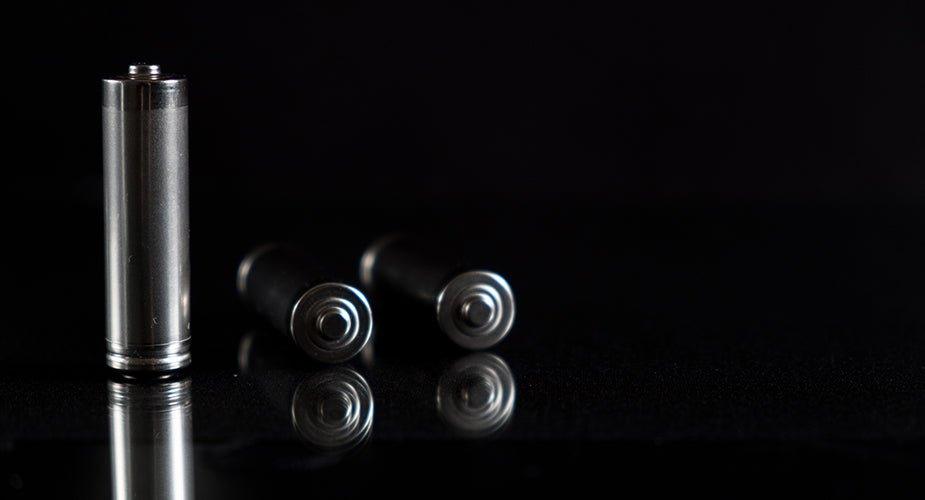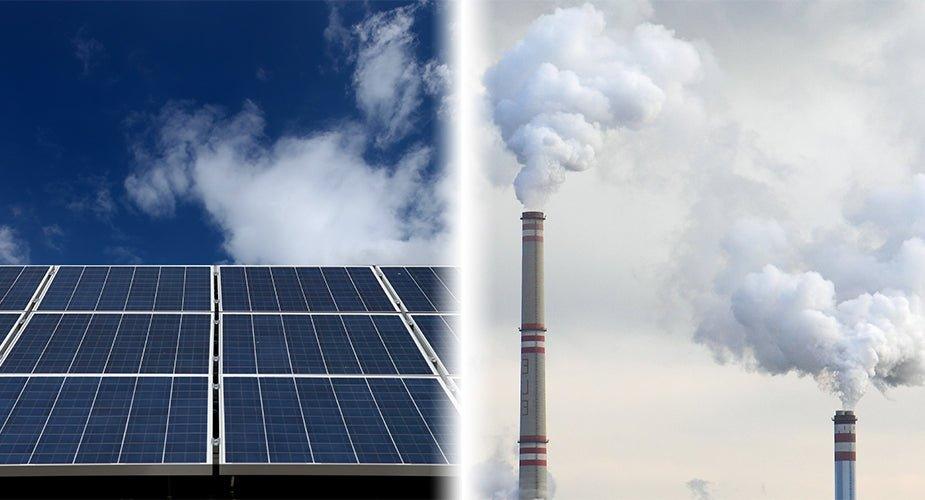Batteries play a crucial role in powering our devices and helping us stay connected and productive. But are batteries AC or DC? As technology evolves, new battery types are being developed for greater efficiency and longer-lasting power.
Batteries come in different shapes, sizes, and compositions, but all of them convert chemical energy into electrical energy. So, batteries are DC or AC? A battery doesn't store electrical energy directly; instead, it stores chemical energy and converts it into electrical energy when in use, typically in the form of DC (direct current).
Batteries supply power to household appliances we use at home as well as to the devices we use at work. Once these battery-operated devices run out of battery, they are then recharged for continued usage.
So the question now is, do batteries work in DC or AC? Read further and find out the answer to this question.
Introduction to Are Batteries AC or DC?
Direct Current (DC) Explained
Direct current (DC) is a type of electrical current that flows in one direction only. The direction of the current does not change over time. DC is used in many electronic devices, such as batteries, solar cells, and laptops.
The voltage of DC power is constant, which means that the amount of energy flowing through the circuit does not change. This makes DC power ideal for some applications, such as electronic devices that require a steady supply of power.
Devices that Use DC
Many of the devices we use every day, such as laptops, cellphones, cameras, and power tools, use DC power. This is because batteries, which are the most common source of portable power, store DC electricity.
DC is used in a wide variety of applications, including:
- Electronics: DC is used to power most electronic devices, such as laptops, cell phones, and computers.
- Lighting: DC is used to power LED lights and some fluorescent lights.
- Motors: DC motors are used in many small appliances, such as fans, robot vacuums, and drills.
- Solar Generators and Portable Power Stations: DC is used to charge batteries of solar-powered generators and portable power stations like Nature’s Generator Elite - Gold System.
When a DC device is plugged into an AC outlet, an adapter is used to convert the AC power to DC power. This adapter is typically built into the device, but it may also be a separate device that plugs into the AC outlet and then into the DC device.
There are many different types of DC adapters, each designed for a specific device or application. Some common types of DC adapters include:
- USB adapters: These adapters convert AC power to the standard 5 volts DC that is used by most USB devices.
- Laptop adapters: These adapters convert AC power to the higher voltage DC that is required by laptops.
- Power tool adapters: These adapters convert AC power to the high-voltage DC that is required by power tools.
Alternating Current (AC) Explained
Alternating current (AC) is a type of electrical current that flows in both directions, reversing its direction periodically. The frequency of AC power is the number of times the current changes direction per second. The frequency in the United States is 60 Hz, which means the current changes direction 60 times per second.
The voltage of AC power also changes periodically. The peak voltage is the highest voltage that the current reaches and the RMS voltage is the effective voltage that is used to measure the power of AC power.
AC power is used in many household appliances, such as lights, refrigerators, and TVs. It is also used in power transmission because it can be transmitted over long distances with less loss of power than DC.
Devices that Use AC
Some devices, such as refrigerators, TVs, and lights, use AC power. This is because AC power is more efficient for long-distance transmission than DC power.
To use a DC device with AC power, you will need to use an adapter that converts DC power to AC power. This type of adapter is called an inverter.
Inverters come in a variety of sizes and power ratings. The size and power rating of the inverter that you need will depend on the power requirements of the DC device that you are using.
Why Batteries Use DC and Not AC
Direct current (DC) is a type of electrical current that flows in one constant direction. This feature is what makes DC the perfect electrical source when charging a battery, as the charges can flow into the battery (remember - the current flows only in one direction) and accumulate. Alternating current (AC), on the other hand, flows in both directions. This means that when AC is connected to a battery, the charges will flow into the battery for a short period of time, and then they will flow back out of the battery. The keyword is “alternating”. This alternating direction of the charge then results in no net charging of the battery. Of course, if the battery has zero charge, then the device it needs to power will simply not work.
Aside from the explanation above, here are additional reasons why batteries use DC instead of AC.
- DC is more reliable than AC for storing energy. AC power can be stored in capacitors, but capacitors have a limited capacity. DC power can be stored in batteries, which have a much higher capacity. Also, capacitors lose their charge over time, even when not connected to a circuit. On the other hand, batteries can store their charge for a long time.
- DC is easier to control than AC. AC power can be used to create a wide range of voltages and currents, but it can be difficult to control precisely. DC power is easier to control and can be easily adjusted using resistors and other components, which is important for many electronic devices.
- DC is more efficient than AC for some applications. For example, DC motors have fewer moving parts making them more efficient than AC motors. This is why many electric vehicles use DC motors.
Final Thoughts
The direction of current flow is the main difference between AC and DC power. Batteries are DC or AC ? Batteries work in DC, as the current flows in one direction. However, adapters can convert AC power to DC for recharging batteries, and inverters can convert DC to AC for powering appliances like refrigerators, air conditioners, and TVs.






 10,000W LIFEPO4
10,000W LIFEPO4









